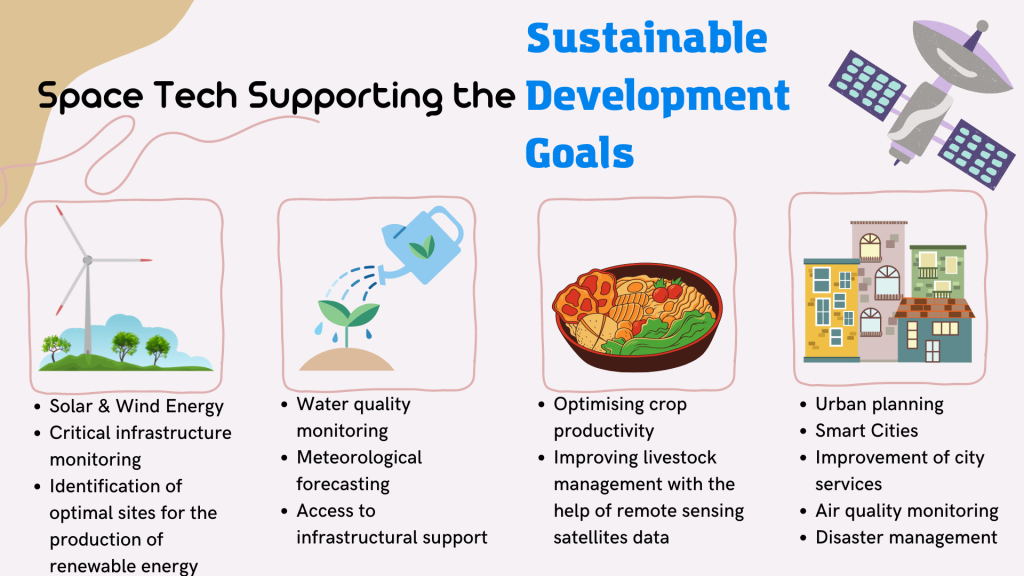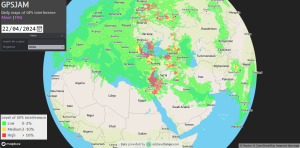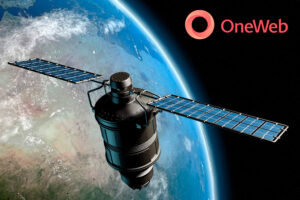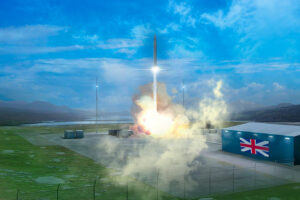4 Ways Space Tech Helps Us Achieve Sustainable Development Goals
25th Oct 2022
This year, World Space Week was all about sustainability and how space exploration can contribute. And it doesn’t come as a surprise. For decades, space exploration has been a driving force behind technological developments, from computers to cordless vacuum cleaners and screwdrivers, initially designed for ISS astronauts. Today, space technology can help us achieve Sustainable Development Goals (SDGs).
The United Nations has developed the 2030 Agenda for sustainable development to address global ecological problems and find solutions. The 17 goals include ‘clean water and sanitation,’ ‘affordable and clean energy,’ zero hunger,’ and the creation of ‘sustainable cities and communities.’
A constant increase in the world’s population amid limited natural resources have spawned a situation which requires urgent measures. Additionally, accelerating climate change has brought forth a surge of disasters and destruction of natural ecosystems threats Earth. Space technologies and sustainable approaches can help mitigate the negative impact of these processes and assist in reaching sustainable development goals.
The ISS as a Demonstration of Sustainability
We have created technology that enables us to land people on the Moon safely and to permanently live on board the International Space Station within just the past century. Many of today’s issues related to the Sustainable Growth Goals, such as clean energy, water management, zero hunger, and urban development, are now addressed by technologies similar to those used in space.

Affordable & Clean Energy
In terms of energy, space offers some practical solutions as well as tools to precisely estimate the solar energy potential of an area, the wind power or the assessment of geothermal reservoirs. Advanced technologies, manufacturing, and the increase in population cause energy demand to rise, especially in urban areas. Non-renewable natural resources, such as fossil fuels, are limited and usually controlled by the governments of certain countries. Like the ISS, we aim to switch to alternative renewable sources, such as the Sun and wind.
Clean Water & Sanitation
Similar to energy, the use of Earth observation data can improve water management. The United Nations reports that over the past century, water usage has increased at a rate that is more than twice as fast as population growth. Two-thirds of the world’s population will reside in water-stressed regions by 2025, with an estimated 1.8 billion people doing so due to population expansion, consumption, and climate change. We could also implement water recycling methods from the ISS here on Earth. Additionally, the European Space Agency is working on the MELiSSA project, which aims to produce food, recover water, and regenerate the environment while concurrently utilising wastes, such as CO2 and organic waste, using light as a source of energy.
Zero Hunger
Space technology can also assist in battling another goal in the Sustainable Development Agenda – hunger. One could use the mechanisms provided by space technology for various agricultural purposes, from crop, livestock, and forestry monitoring to fisheries and aquaculture. Remote sensing satellites can offer vital information for tracking agricultural development, snow cover, drought, and soil conditions. For instance, European Space Imaging and EOS Data Analytics provide satellite imagery analytics to enhance the agricultural sector.
Sustainable Cities & Communities
Space technology can enhance the planning of urban areas to avoid traffic jams, improve city services, such as smart waste management systems, monitor air quality, manage disasters etc. With the help of satellite data, we can monitor human migration and movement, whether it is a local or international movement. It also aids in disaster preparation and emergency response.
The above mentioned use cases of how space technology assists in reaching Sustainable Development Goals are just a part of what one can achieve. With the rapid development of technologies, we are getting more options to improve life on Earth and preserve the environment for the next generations. And with a joint effort, humanity has a chance to make our planet a safer place to live.






Thank you for your comment! It will be visible on the site after moderation.